Our Library
Explore our publications, from research papers and series to educational materials, covering all aspects of conflict transformation and peace promotion.
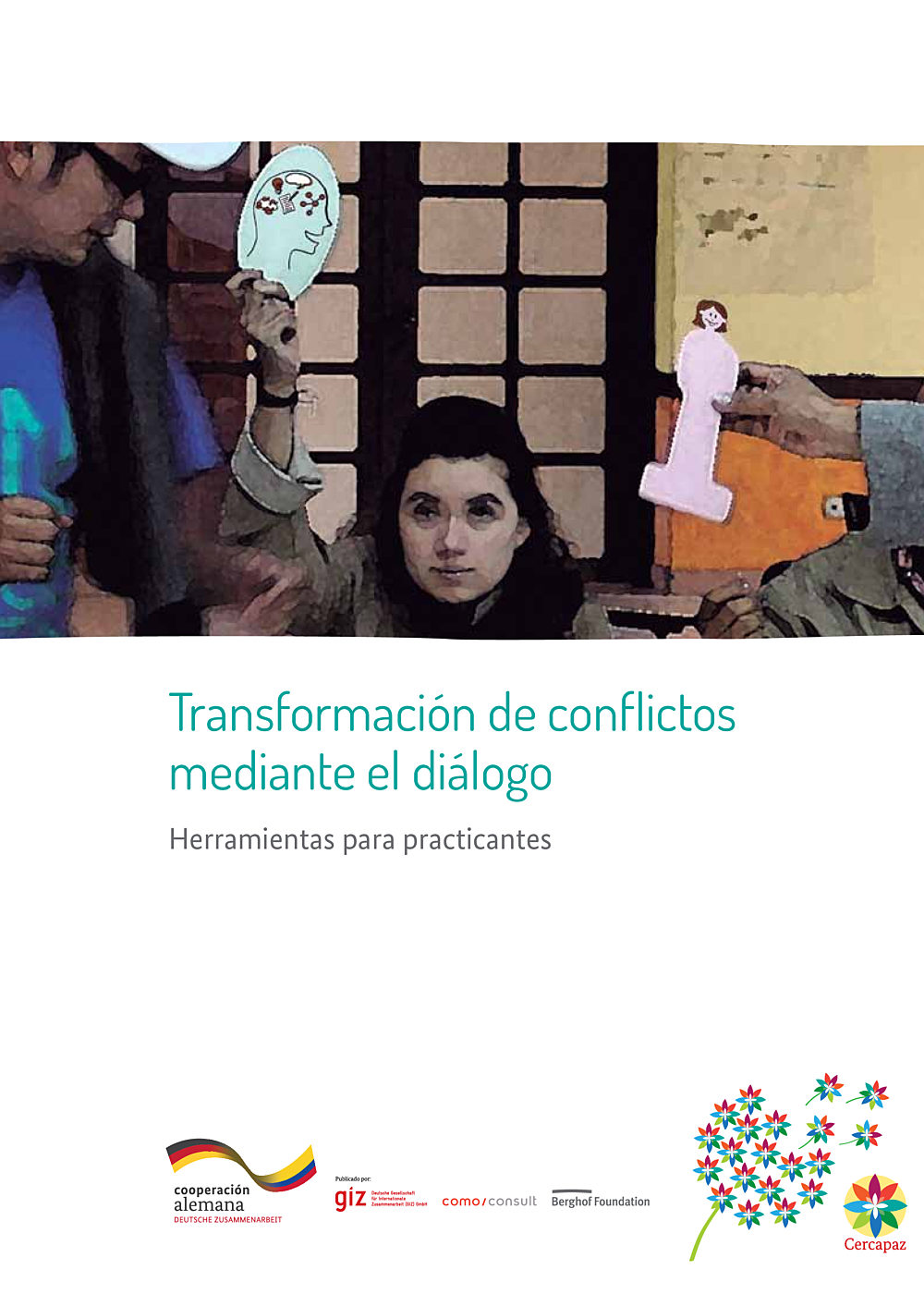
Transformación de conflictos mediante el diálogo
Como una de las publicaciones del programa CERCAPAZ, esta caja de herramientas se dirige a personas que practican el diálogo en la Construcción de Paz y la transformación de conflictos. Brinda un conjunto de conceptos y herramientas cuya prueba y selección se hicieron en un proceso de formación y aplicación con practicantes de diálogo en Colombia. Se espera que aporte a otros procesos en contextos de conflictos que promuevan diálogos como medio para la Construcción de Paz, y en la capacitación de personas para el desempeño en diálogos en diversos temas con distintos actores: Estado, Sociedad Civil, sector privado y otros.
- Year2014
- Author(s)Jaime Andrés Gómez, María Paula Prada, Barbara Unger
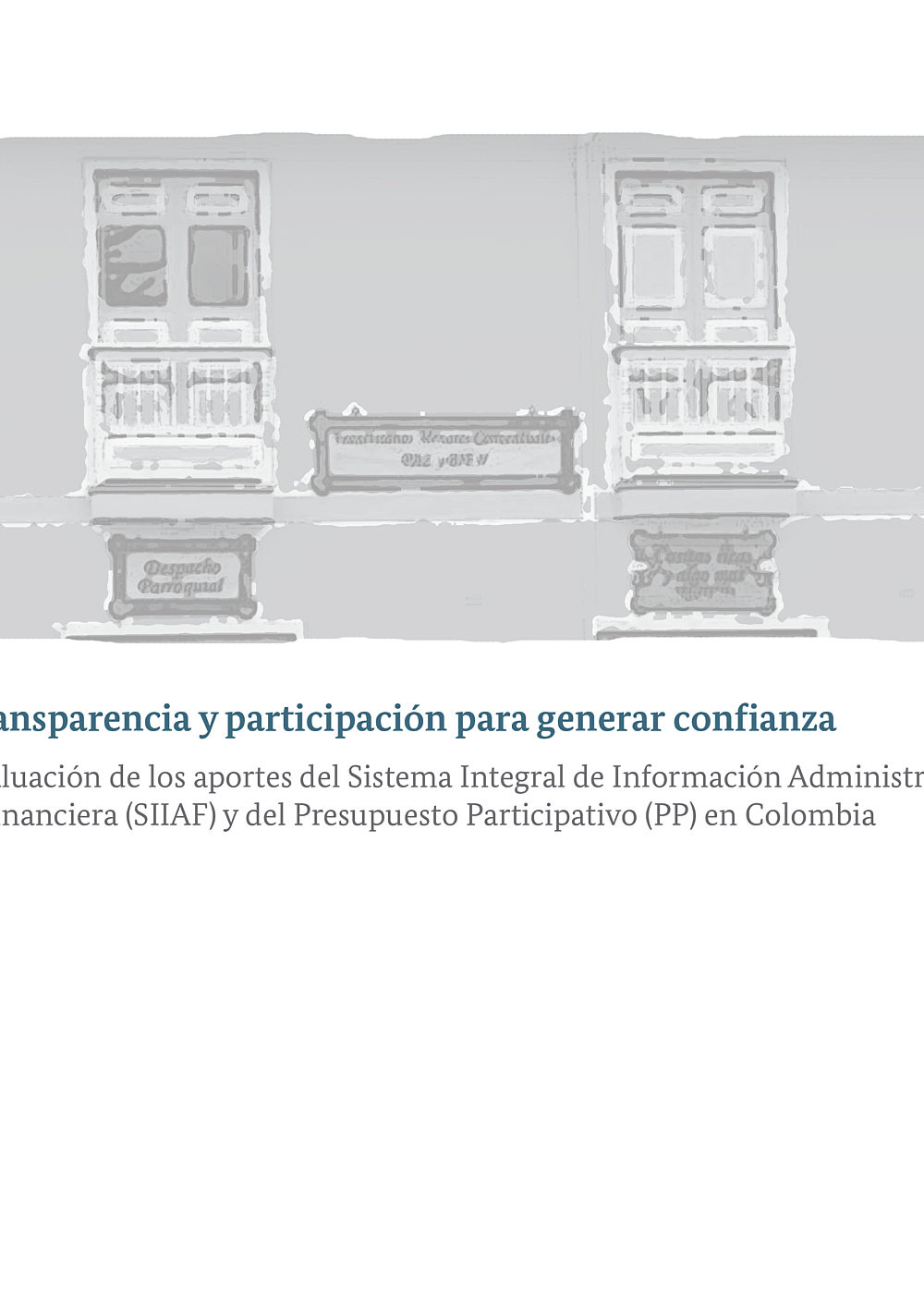
Transparencia y participación para generar confianzaEvaluación de los aportes del Sistema Integral de Información Administrativa y Financiera (SIIAF) y del Presupuesto Participativo (PP) en Colombia
Esta evaluación se centra exclusivamente en el SIIAF y el PP. Lo que se busca es comprobar si la hipótesis de trabajo (mencionada antes) resultó cierta en el caso de las dos herramientas. En concreto, el objetivo de la evaluación consiste en: Evaluar la sostenibilidad de las herramientas SIIAF y PP, así como su impacto en cuanto a su aporte al aumento de la eficiencia y transparencia administrativa y a la construcción de relaciones de confianza entre el Estado y la Sociedad Civil. Junto a eso y tomando en cuenta los criterios de evaluación del Comité de Asistencia al Desarrollo de la Organización para la Cooperación y el Desarrollo Económico (DAC/OCDE), la evaluación examinará la relevancia y la eficacia de la intervención de la GIZ en relación con las dos herramientas. A falta de información no se evaluará la eficiencia de la intervención.
- Year2014
- Author(s)Silke Pfeiffer
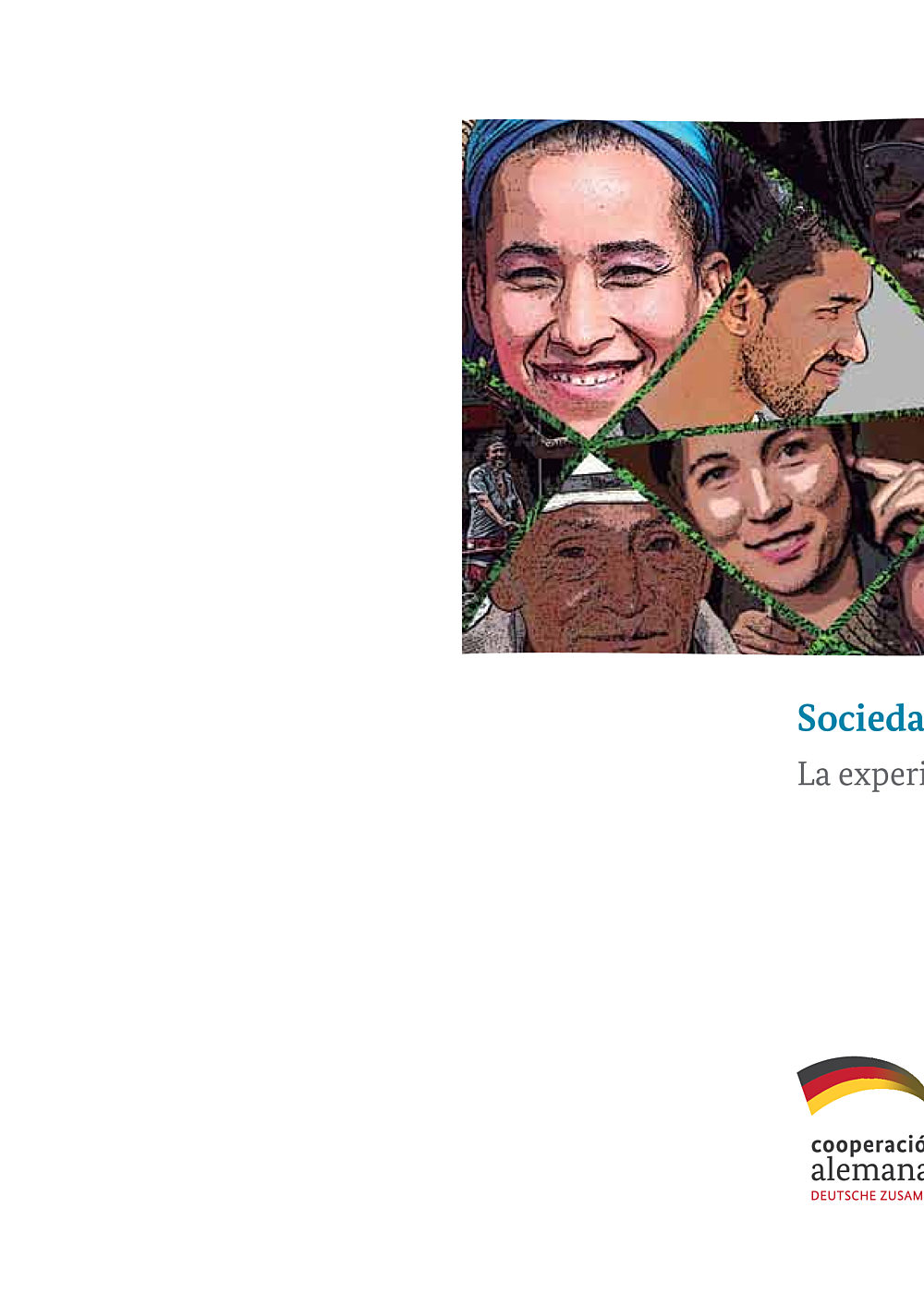
Sociedad Civil y Estado, en confianza: camino para construir pazLa experiencia Cercapaz
La ausencia de confianza entre el Estado y la Sociedad Civil fue el problema central que inspiró el diseño y la apuesta metodológica del programa Cercapaz, Cooperación entre Estado y Sociedad Civil para el Desarrollo de la Paz. Un programa de la Agencia Alemana para la Cooperación Internacional, GIZ, ejecutado por encargo del Ministerio Federal Alemán de Cooperación Económica y Desarrollo, BMZ, en conjunto con una diversidad de contrapartes colombianas, que tuvo como objetivo central durante tres fases de trabajo (2007-2014), en todos los temas y procesos asesorados, fomentar la confianza entre la Sociedad Civil y la institucionalidad pública. Después de aproximadamente ocho años de trabajo, el Programa quiere reconocer de manera cualitativa cuáles fueron los resultados de su implementación.
- Year2014
- Author(s)Myriam Sánchez, María Paula Prada, Lorena Cantillo
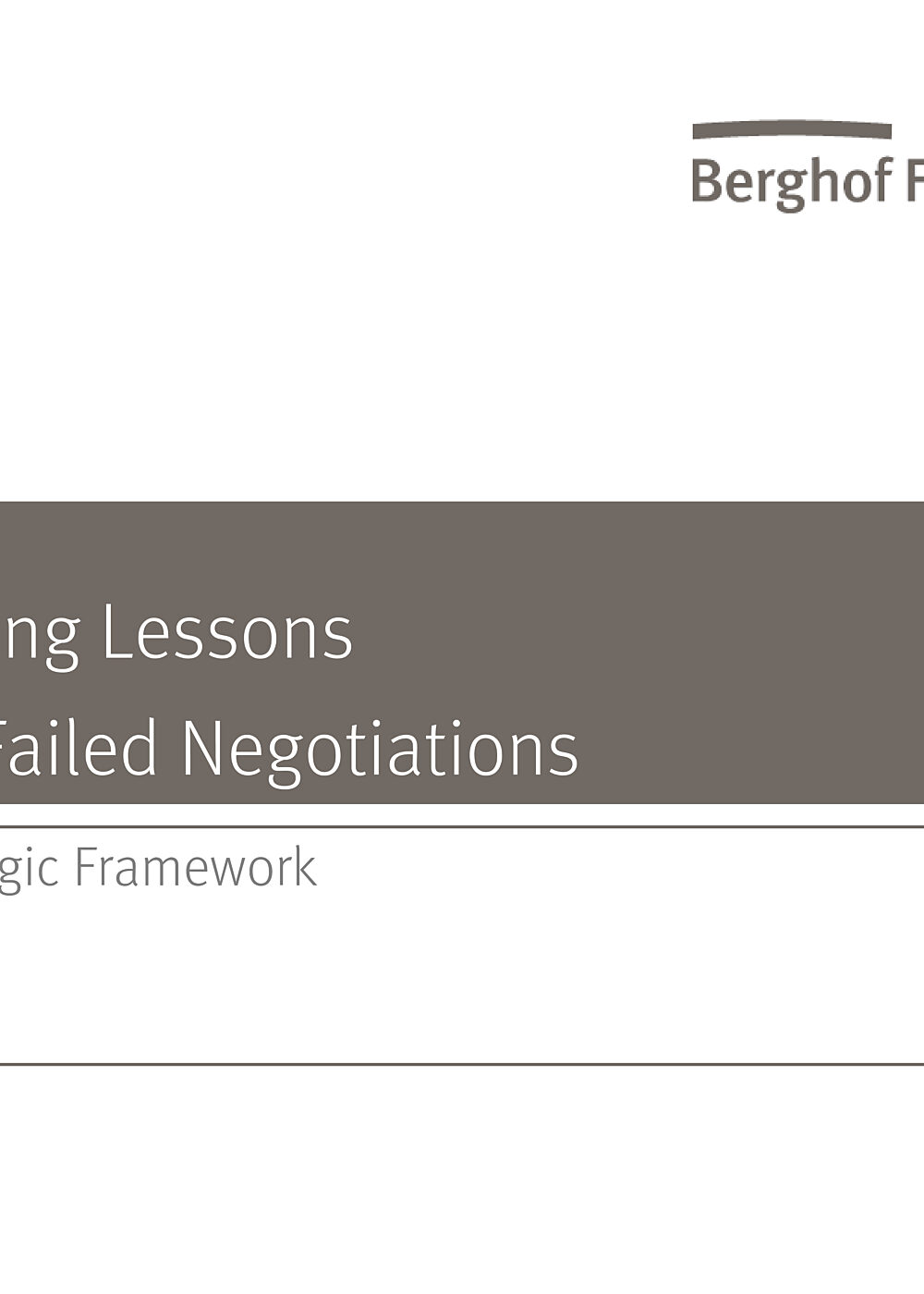
Learning Lessons from Failed NegotiationsA Strategic Framework
This strategic framework was developed during the 5th Meeting on Negotiations “Learning Lessons from Failed Negotiations and National Dialogue” held in November 2013, in Berlin. It provides an overview of some of the most frequent stumbling blocks in peace negotiations, addressing process- and party-related as well as contextual challenges and ways to tackle them. While in no way exhaustive, we hope that our readers find this overview useful both for reflecting on their own case-specific negotiation challenges and for designing strategies to overcome them.
- Year2014
- Author(s)Katrin Planta, Luxshi Vimalarajah, Jonathan Harlander
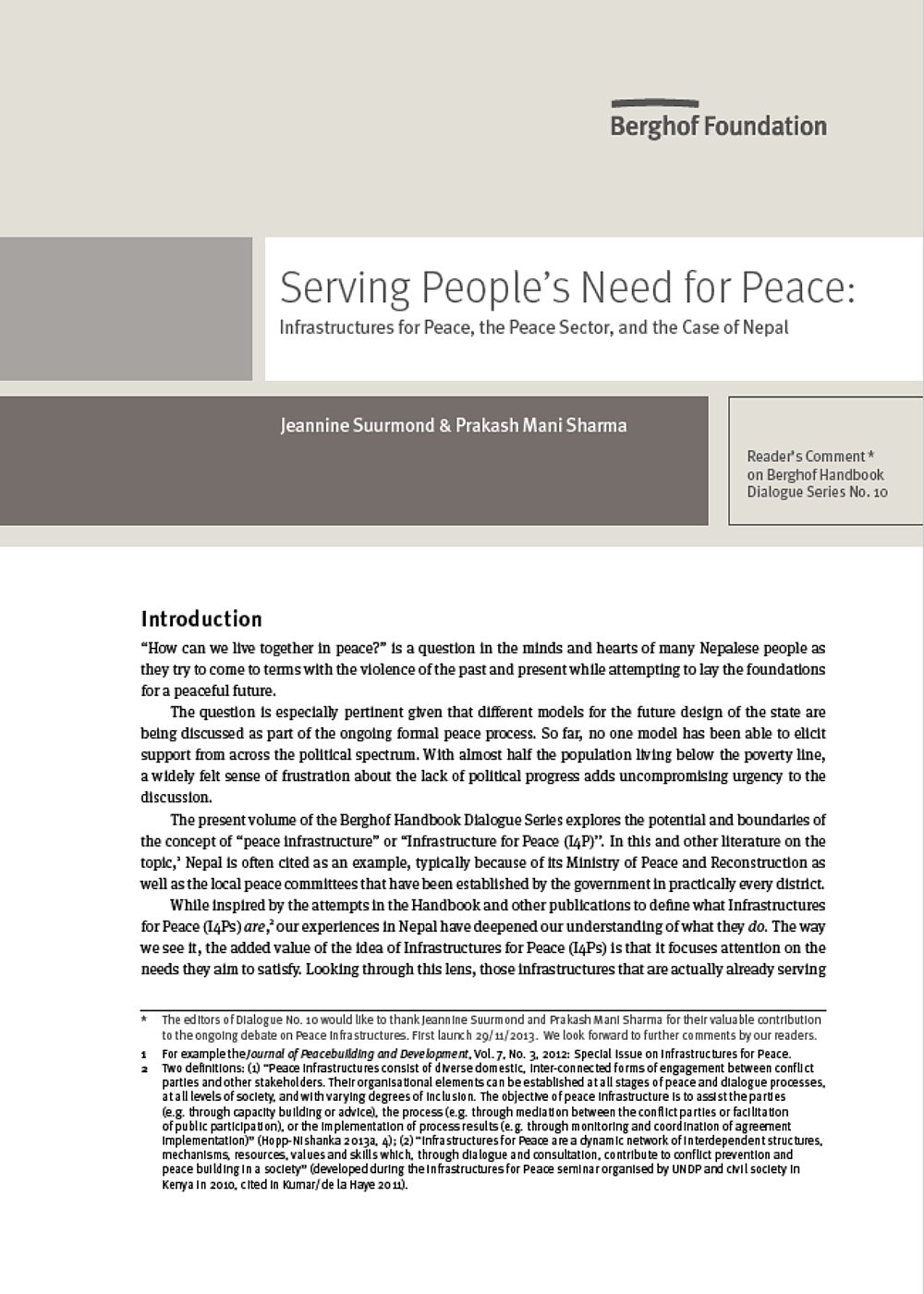
Serving People's Need for Peace: Infrastructures for Peace, the Peace Sector, and the Case of NepalBerghof Handbook Dialogue Series No. 10
In this reader's comment on our publication Berghof Handbook Dialogue No. 10 on Peace Infrastructures, the authors, using the case of Nepal, show how a perspective based on people's peace needs may help clarify the concept of Infrastructure for Peace. They also reflect on practical implications and potential developments in Nepal's peace sector.
- Year2013
- Author(s)Prakash Mani Sharma, Jeannine Suurmond
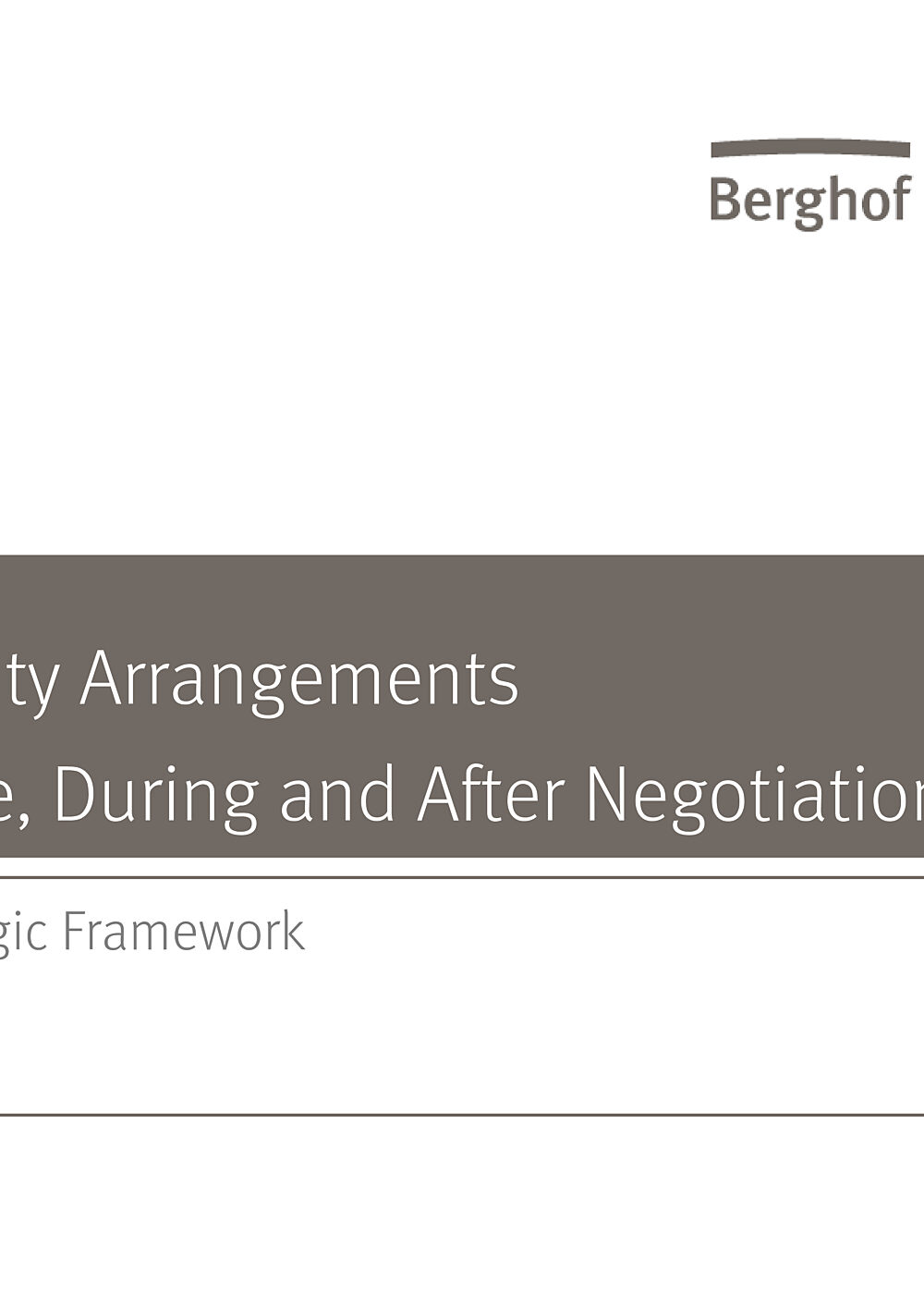
Security Arrangements Before, During and After NegotiationsA Strategic Framework
- Year2013
- Author(s)Vanessa Prinz, Luxshi Vimalarajah, Katrin Planta
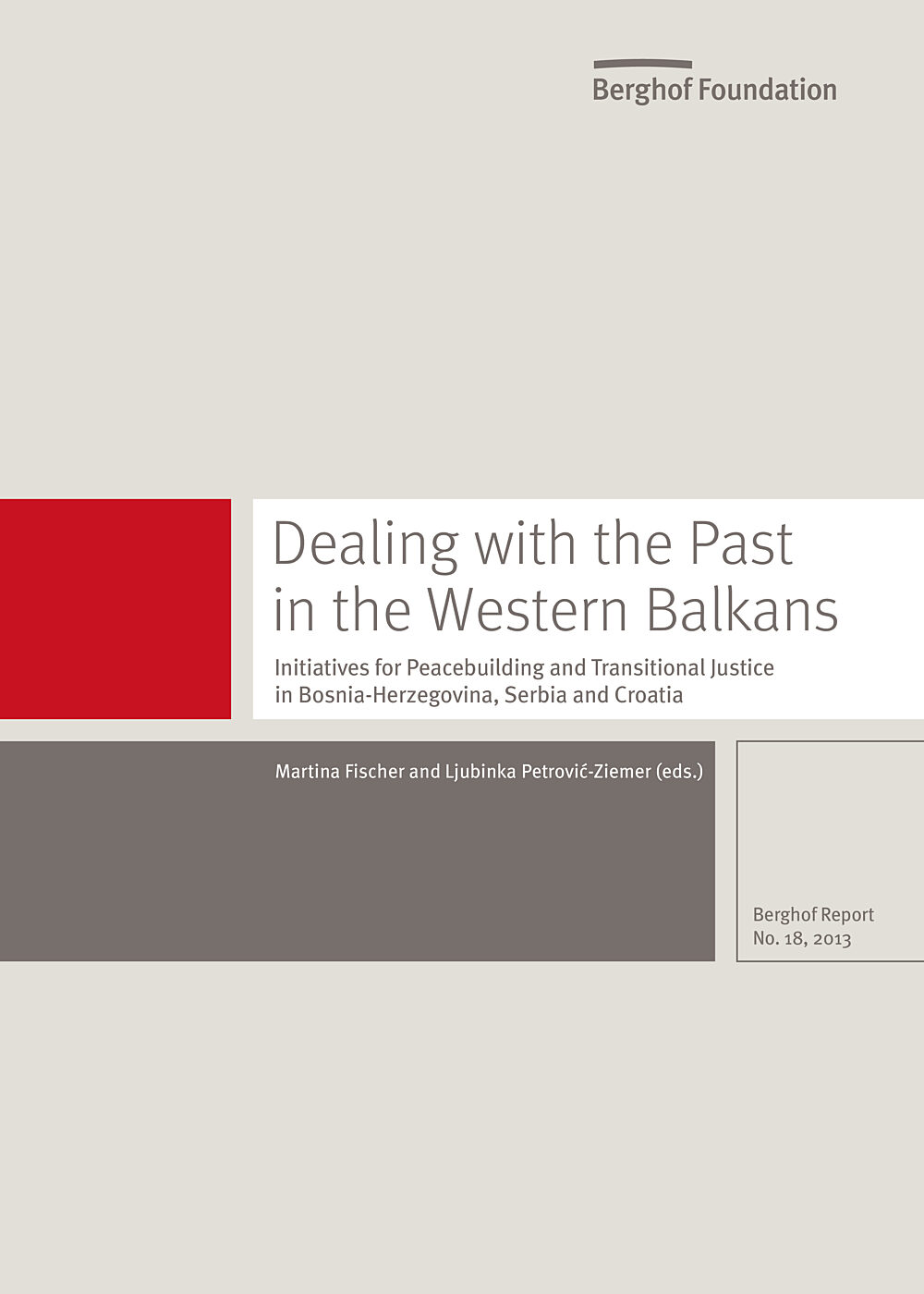
Dealing with the Past in the Western BalkansInitiatives for Peacebuilding and Transitional Justice in Bosnia-Herzegovina, Croatia and Serbia (Report No. 18)
The publication presents results of a project funded by the German Foundation for Peace Research (DSF). The study investigates initiatives for reconciliation and “dealing with the past” which were undertaken by international organisations, legal institutions and local civil society actors in response to the wars of the 1990s. The coherence of objectives and strategies and their implications for peacebuilding, forms of cooperation and learning experiences, and the political resonance of the various approaches were a particular focus of interest. In all, 150 interviews were conducted in 28 municipalities. The study was carried out with input from civil society organisations and academic experts in the region. Srđan Dvornik (Zagreb), Katarina Milićević (Belgrade), and Ismet Sejfija (Sarajevo) co-authored the study.
- Year2013
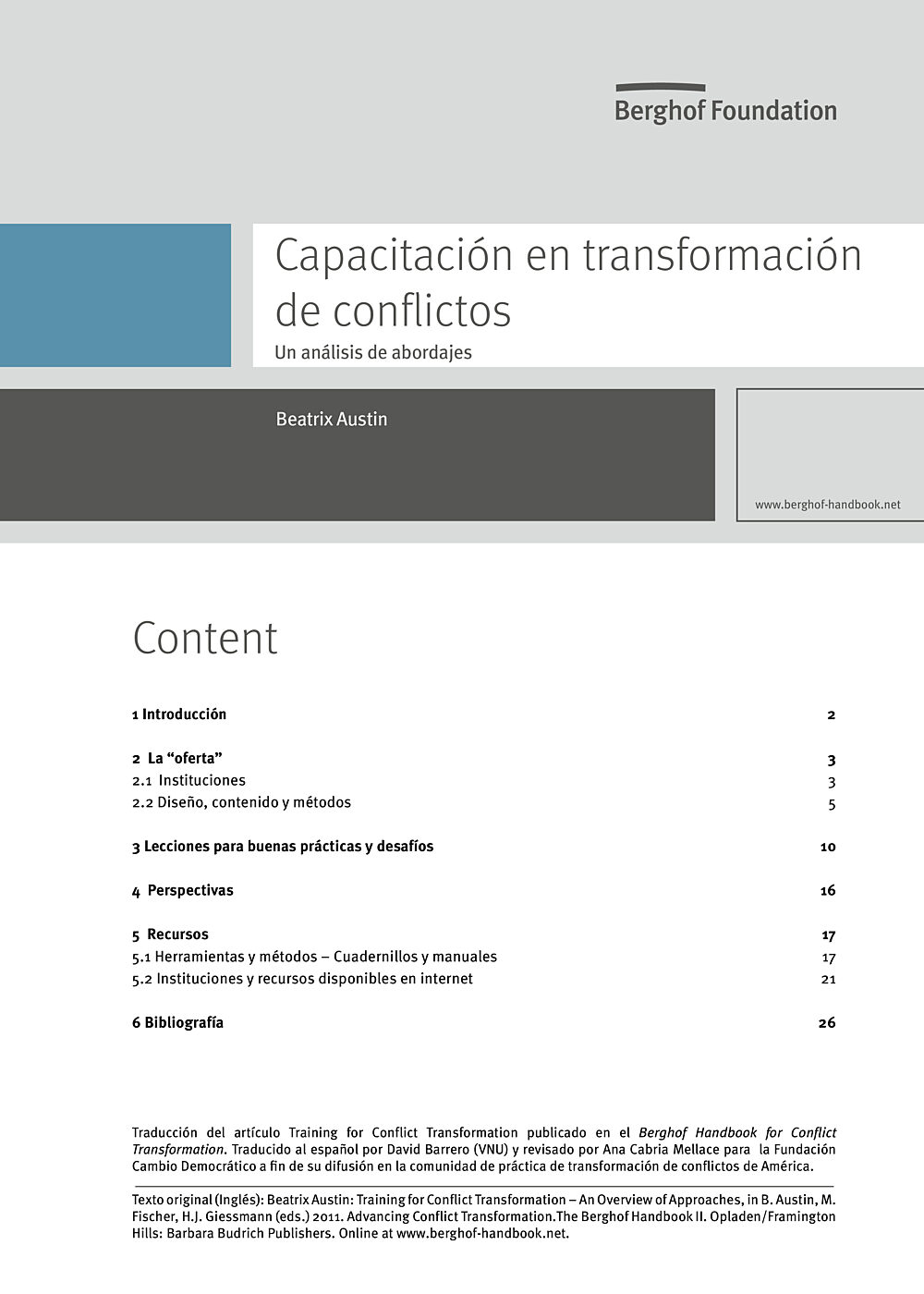
Capacitación en transformación de conflictos. Un análisis de abordajesHandbook Article
[Resumen traducido automáticamente] Busca proporcionar una primera orientación para una audiencia menos familiarizada con el campo de la transformación de conflictos y sus posibilidades educativas. Las preguntas planteadas incluyen: ¿quién ofrece formación para qué público objetivo? ¿Cuáles son las fortalezas y las deficiencias? ¿Existen criterios que ayuden a evaluar la formación? ¿Qué retos quedan, qué recomendaciones se pueden hacer para mejorar la oferta formativa? El artículo tiene una sección de referencia extensa que cubre manuales y materiales de capacitación, organizaciones, recursos y análisis. (actualizado y revisado para la edición impresa de 2011)
- Year2013
- Author(s)Beatrix Austin

Peace Infrastructures: Assessing Concept and PracticeHandbook Dialogue Series No. 10 - complete
- Year2013
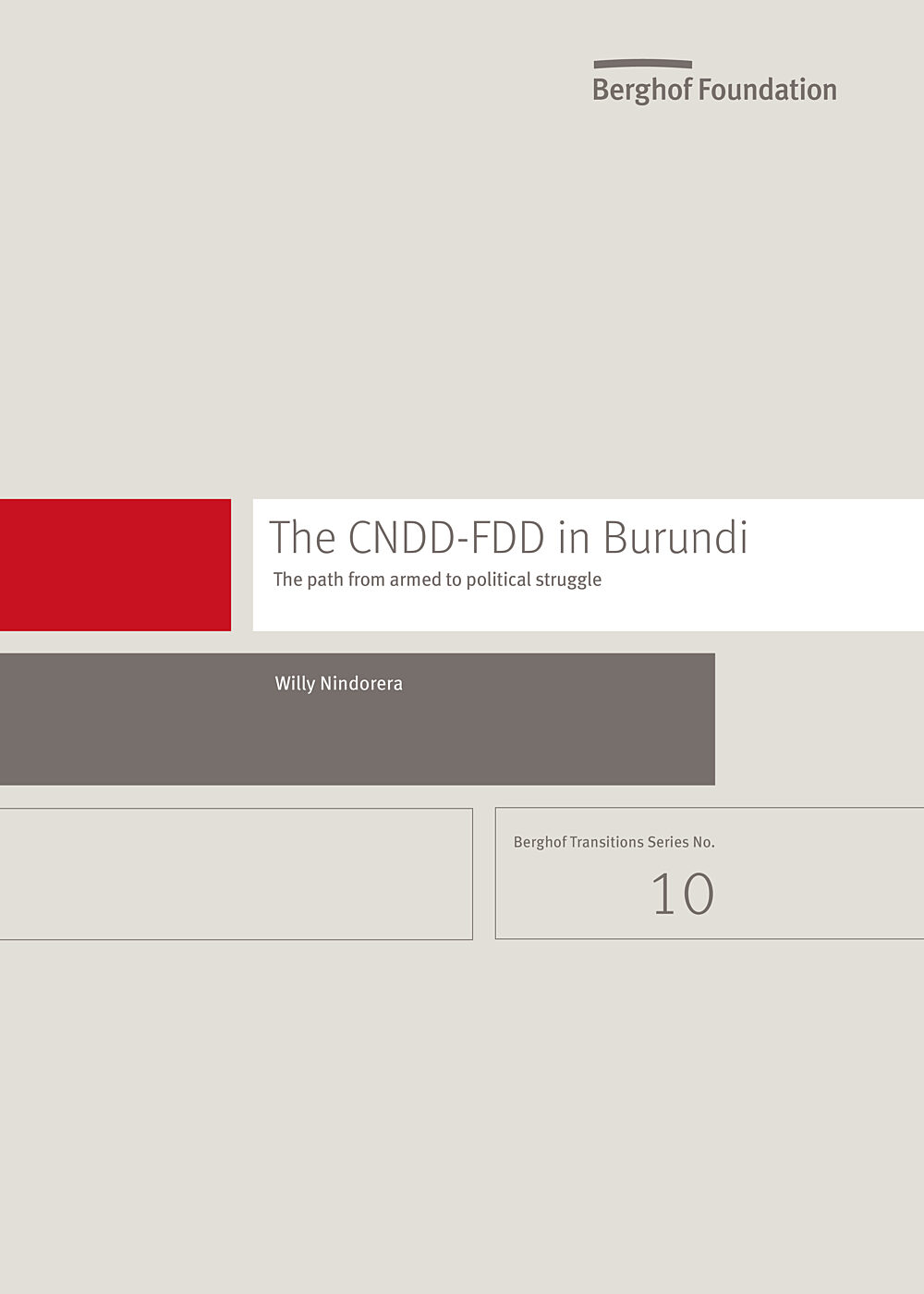
The CNDD-FDD in Burundi: The path from armed to political struggleTransitions Series No. 10
The civil war sparked by the assassination of President-elect Melchior Ndadaye in October 1993 pitted a variety of mostly Hutu rebel movements – principally the National Council for the Defence of Democracy and the Forces for the Defence of Democracy (identified by its French acronym, CNDD-FDD) – against Burundi’s regular army. The principal demands of the rebel groups were the return to constitutional law, the institution of democratic majority rule and, most especially, the reform of the Tutsi-dominated army that was viewed as the centre of power. The peace negotiations initiated in June 1998 in Arusha (Tanzania) led in August 2000 to a peace and reconciliation agreement without a ceasefire – mainly because of internal dissent within the main rebel groups and the virtual exclusion of the real belligerents from the negotiation table. Eventually, the ceasefire agreement signed in November 2003 between the CNDD-FDD of Pierre Nkurunziza and the Transitional Government led by President Domitien Ndayizeye enabled peace to return to most of the territory – with the exception of the zones where the remaining rebel group, the Party for the Liberation of the Hutu People and National Forces of Liberation (PALIPEHUTU-FNL), which was hostile to any peace agreement with the government, continued to operate.
- Year2012
- Author(s)Willy Peter Nindorera